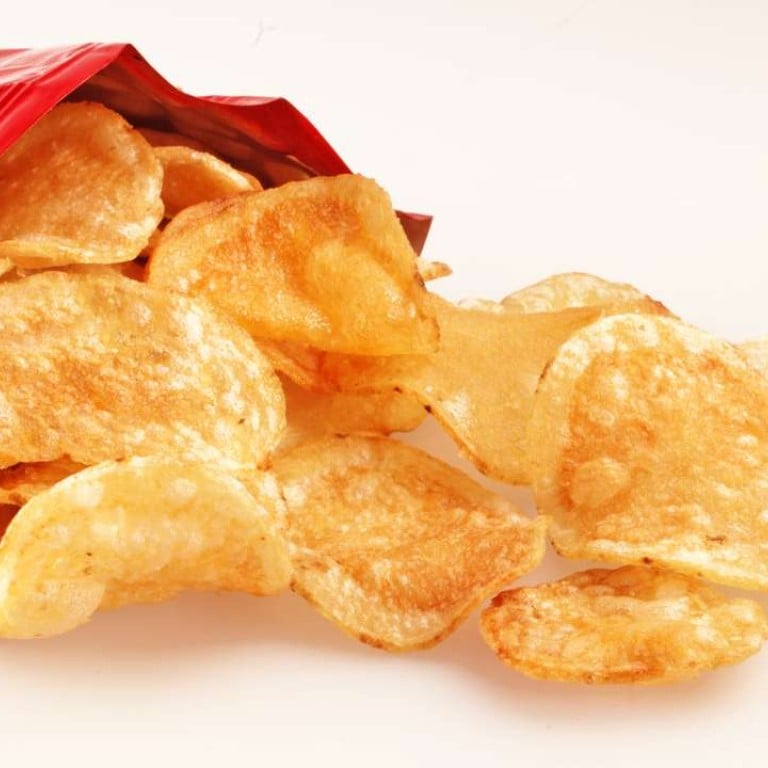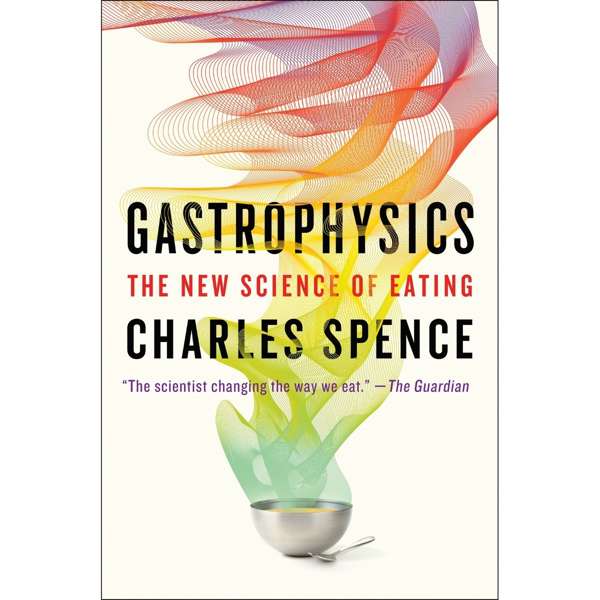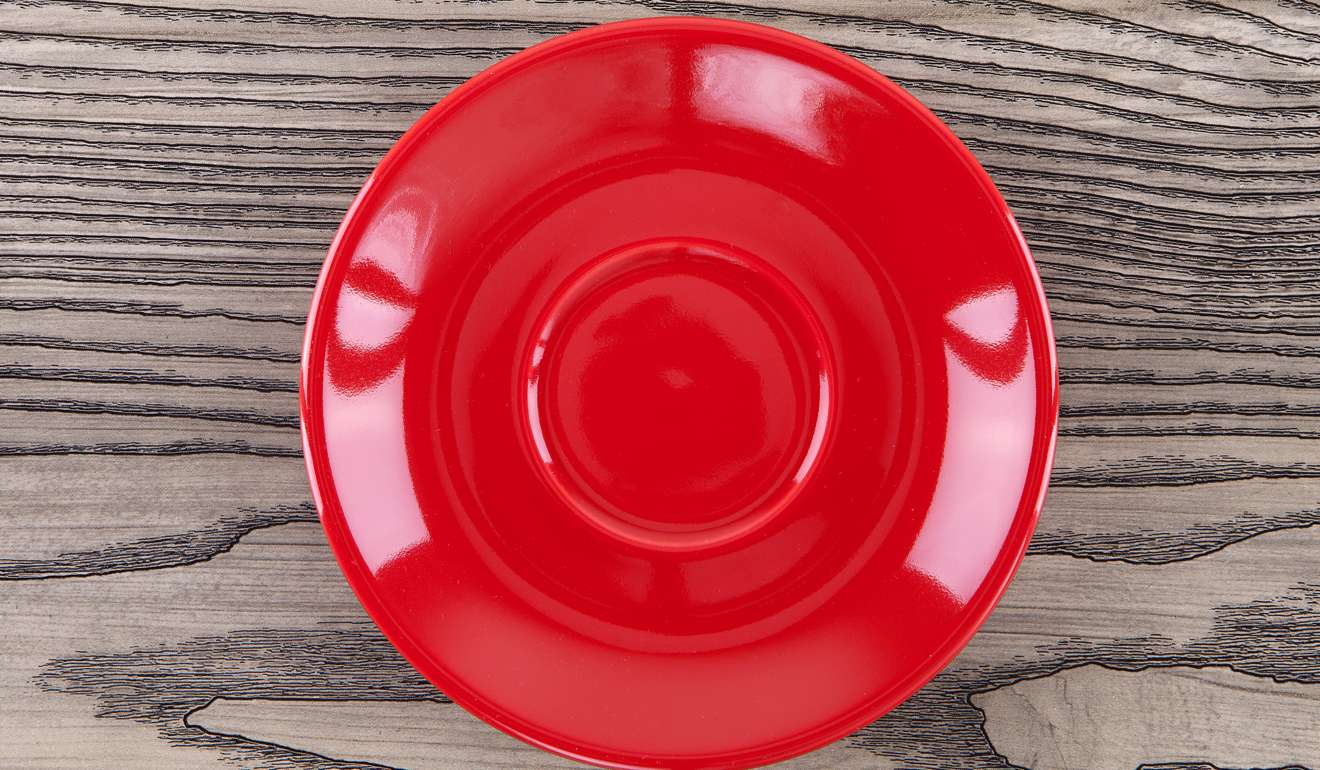
Review | Book review: Gastrophysics – how potato chips with a loud crunch taste better, and other fascinating food facts
In new book, professor of experimental psychology agrees with celebrity chef Heston Blumenthal that our perception of food is affected by environment, the size and colour of plates, and even the sound it makes when eaten

Gastrophysics: The New Science of Eating
by Charles Spence
Viking
4/5 stars
Why do so many people order tomato juice on aeroplanes when few of us usually sip it for breakfast or as an aperitif? Apparently this savoury beverage forms 27 per cent of all drinks orders on planes, with or without added vodka.
According to one survey of more than 1,000 passengers, nearly a quarter of people will choose tomato juice when flying, even though they never drink it other times. This is the kind of puzzle that interests Charles Spence, a professor of experimental psychology. In Gastrophysics, Spence notes that the “really special thing about tomato juice and Worcester sauce (both ingredients in a good Bloody Mary) is umami, the proteinaceous taste”.
When Spence and colleagues investigated, they found that the blaring sound of being on an aeroplane – around 80-85 decibels of background noise – interferes with our ability to taste sweetness. That gin and tonic which tastes so sweet back on land is dulled in the air. By contrast, the noise actually increases our perception of the intensity of savoury umami flavours such as tomato juice.

The book argues that eating is a far more multisensory experience than we usually recognise. Spence – who has worked extensively with British celebrity chef Heston Blumenthal at his restaurant The Fat Duck in Berkshire, southern England – proposes a “new science of eating” to systematically observe the ways our behaviour around food is affected by all of our senses, as well as by factors such as the eating environment and even cutlery.
It transpires that, to most people, meals taste better when served with heavy, expensive knives and forks. Or with no cutlery at all (Spence cites research suggesting that eating food with our hands enhances the way it feels in the mouth).
Gastrophysics is about the quirks of human perception and how they play out at mealtimes: the way that red plates oddly make food taste worse, for example, whereas bowls can make it taste better. At its best, the book is wonderfully curious and thought-provoking, throwing the whole question of why we eat the way we do wide open.
Spence argues that when we reduce eating to taste or nutrition, we miss half the story. Some of his most interesting experiments – such as the tomato juice one – have shown the degree to which sound affects our enjoyment of eating. Food has a certain music, whether we are tuned into it or not. One study found that people enjoy a cup of coffee less if the coffee machine emits a horrible high-pitched noise.
As Spence writes, “many of the food properties that we all find highly desirable – think crispy, crackly, crunchy, carbonated, creamy, and of course, squeaky (like halloumi cheese) – depend, at least in part, on what we hear”.

His most famous experiment is his work on the “sonic chip” – winner of the Ig Nobel prize for improbable research – which could be summarised as: loud crisps taste better. He found that increasing the volume of the crunch when eating potato chips made eaters believe they were around 15 per cent crunchier and fresher. “You can play exactly the same sonic tricks,” Spence claims, “with apples, celery, carrots or, in fact, with any other noisy food.”
Another aspect of our eating experience that gets neglected, in Spence’s view, is the role of expectation. Our enjoyment of food is far from objective. Call a piece of fish “Patagonian toothfish” and it may not sound appetising, but the same fish repackaged as “Chilean sea bass” becomes suavely aspirational. It’s possible to make someone believe that the same piece of meat is saltier, greasier and less pleasant simply by calling it “factory farmed” instead of “free range”.
Similarly, when served food on a larger plate, our natural reaction is to eat up to 40 per cent more.
Some of the strangest examples that Spence gives concern the way that the look of something changes the way it tastes. A detail as tiny as changing the latte art on a cappuccino from an angular star to a rounded “bouba” can make the drink appear less bitter to consumers.
When Cadbury updated its Dairy Milk bar in 2013 by rounding off the edges, customers complained that the chocolate tasted sweeter than before and became convinced that the formula must have changed. But Spence’s work confirms that serving food in a rounder shape – “be it a beetroot jelly or a chocolate confection” – often makes it taste sweeter.
He admits that certain culinary experts dislike this kind of trickery, and see it as irrelevant to the more important task of making good, nutritious meals. His research is regularly dismissed by some Michelin-starred chefs, who say that good food “should speak for itself”. Spence’s riposte to this is that, however much you may believe in simplicity and provenance and an honest plate of food, “there is always a multisensory atmosphere”. Even a chef who claims to let food do all the talking will go to the trouble of buying good heavy cutlery, he observes, because a plastic or aluminium fork would “spoil the experience”.
Whether we like it or not, we are all affected by these manipulations.

